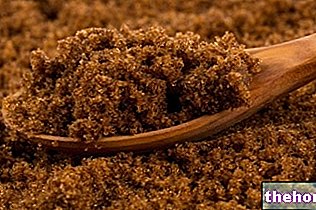What is vinegar?
Vinegar is a fluid with an acid pH obtained from the acetic fermentation of alcohol (and / or carbohydrates) thanks to the work of some aerobic bacteria. Among these microorganisms, the most widespread and productive strains are those of the Genus Acetobacter (as the Bacterium vinegars, more correctly said Acetobacter aceti).

Vinegar in history
From the analysis of the archaeological finds and ancient books it emerged that already the ancient Egyptians, 6000 years before the birth of Christ, produced, preserved and used vinegar. Even the Greek population (according to what Hippocrates wrote in 400 BC) made a medicinal use, while the Romans used it as a condiment, preservative and drink. In the Middle Ages, its disinfectant power was already known.
Physico-chemical properties
Vinegar is a liquid composed mainly of water, acetic acid, alcohol, aldehydes and compound ethers; in dilution, there are also free amino acids and mineral salts.
The vinegar does not evaporate and does not freeze in the same way as water. While the evaporation point of its water portion is around 100 ° C, that of acetic acid is considerably higher, around 120 ° C. Furthermore, unlike water - which reaches a solid consistency at around 0 ° C - The acetic acid has a freezing temperature of about -17 ° C. However, we remind you that the food vinegar has a percentage of acetic acid that generally oscillates between 5% and 12% (depending on the type) , which is why it freezes and evaporates overall in a way more similar to water than to pure acetic acid.




























